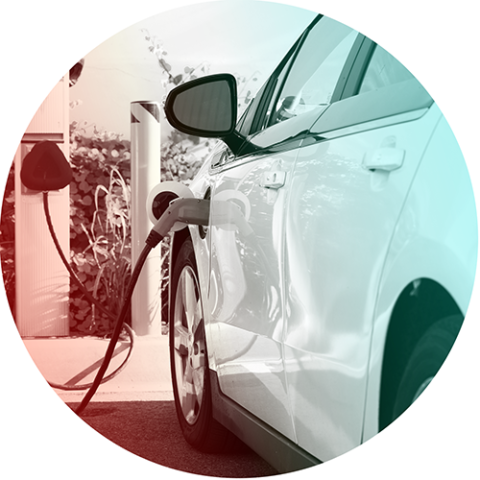Arizona Public Service (APS) and Tucson Electric Power (TEP) hired E3 and ILLUME Advising to conduct research, evaluation, and facilitation activities for the Statewide Transportation Electrification planning process in Arizona. E3 will conduct a number of distinct yet related analyses to assess the full range of costs, benefits, and opportunities presented by electrification of different transportation segments in Arizona. ILLUME will lead stakeholder facilitation efforts. For additional information, please review the Statewide Electrification Plan – Phase I which was filed with the Arizona Corporation Commission.
For additional information, please review the Statewide Electrification Plan – Phase I which was filed with the Arizona Corporate Commission. Read a brief summary of the Phase II Arizona Statewide Transportation Electrification scope here.

For more than 130 years, our company has been providing safe, affordable and reliable energy to millions of homes and businesses across Arizona. We are also at the forefront of a dramatic transition that responds to a desire expressed by stakeholders to consider impacts of climate change. Without question, the energy industry has a critical role to play in decarbonizing the U.S. economy, and APS is committed to doing our part. We are making a commitment to Arizona. By 2050, APS will deliver 100 percent clean, carbon–free and affordable electricity to our customers. This goal includes a nearer–term 2030 target of 65 percent clean energy, with 45 percent of our generation portfolio coming from renewable energy. New APS programs are incentivizing customers to incorporate advanced technologies in their homes and businesses to help maximize the value of abundant solar energy. In addition, we are encouraging the widespread adoption of modern energy efficiency technologies, including smart thermostats, electric vehicle charging infrastructure, energy storage and more. Learn more by visiting APS.com

Tucson Electric Power (TEP) provides more than just safe, reliable and affordable electric service to Southern Arizona residents. We offer customers a wide range of incentivized programs to help them reduce their energy costs while we work together toward a cleaner, greener future, with more renewables and a smaller carbon footprint. We know the road to a sustainable future is best traveled in an electric vehicle. Making our vehicles cleaner is the fastest way we can get to a brighter tomorrow. That’s why TEP is playing a key role in driving the development of new infrastructure throughout our community to support EV adoption in the commercial and residential markets. Visit TEP.com for more information.

Energy + Environmental Economics (E3) is an energy consulting firm that helps regulators, policy makers, utilities, developers, and investors make the best strategic decisions possible as they implement new public policies, respond to technological advances, and address customers’ shifting expectations. E3 works with clients from all sectors of the electricity industry, enabling us to provide a 360-degree understanding of markets, planning, policy, regulation, and environmental factors. We are committed to delivering clear, unbiased analyses that help clients make informed decisions. E3 has helped to develop Strategic Transportation Electrification Plans for a number of utilities in various states, including Arizona, Colorado and Hawaii.

ILLUME is a world-class research consultancy that supports the energy industry through cutting-edge social and data-science research. We have served more than 50 public and investor-owned utilities across the country delivering insights that focus on the human dimensions of clean energy. ILLUME provides our clients a holistic and boutique consulting experience drawing on a deep bench of technical experts – from backgrounds as varied as anthropology to economics to public health to engineering to physics. We have facilitated stakeholder workshops and roundtables in partnership with several other utility companies in other states including Georgia, Massachusetts, and California.




